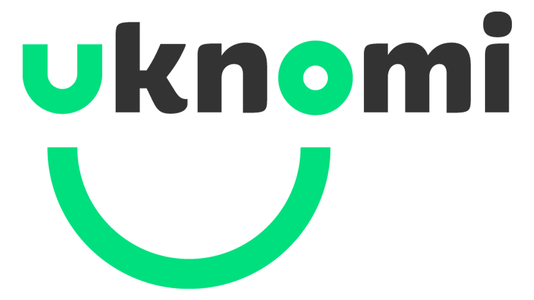

JOHANN VAN DER WESTHUIZEN
Co-Founder & CEO
uKnomi
The drive-thru channel at quick service restaurants (QSRs) has been left behind in the race to digital transformation and the re-imagination of the customer experience — even though 70% of sales flow through it — making the drive-thru restless for change.
How big is the opportunity? By accelerating their use of AI-driven personalization, QSRs can expect to boost revenue by 20%, according to a CMO Council report, Real-Time AI Interaction at the Point of Transaction.
CMO Council Chief Content Officer, Tom Kaneshige, recently sat down with Van der Westhuizen to get a better understanding of the opportunity for digital transformation at the drive-thru.
KANESHIGE: Tell me about the slow technology adoption at the drive-thru
WESTHUIZEN: The drive-thru is by far the biggest channel yet hasn’t really changed since the 1940s. Sure, QSRs put in loop timers to track time from order to pickup, better speakers, and maybe even digital menu boards to confirm orders. But the most impactful change was simply to create more lanes to alleviate congestion. It’s amazing that the drive-thru channel has been left behind in digital transformation considering its impact on a QSR’s business. With some 70% of fast-food sales coming through the drive-thru, any improvements will reap measurable gains. Leading brands spotted the opportunity with the likes of Chick-fil-A and Taco Bell investing heavily in the space and experimenting with digitally enhanced drive-thru concepts.
KANESHIGE: What are those improvements?
WESTHUIZEN: There are only three ways to increase sales and margin in the drive-thru. One, increase throughput — dollars per hour —- in peak times. Two, increase the ticket size. And three, drive more traffic, which is a direct function of increasing customer visit frequency. To improve these requires consistent speed of service and a better guest experience. Now how do we improve guest experience? Through examples like Chick-fil-A, we know that well-paid, well-trained staffers who are friendly and motivated are keys to a great customer experience.
But staffing is a challenge, and you’re definitely not going to be able to compete effectively with these top-tier brands on their staffing model. What can you do? Thankfully, new technology such as the Internet of Things (IoT) and AI can help QSRs make visits friendly and frictionless with better personal engagement, driving loyalty and growing revenue. The price points for IoT and AI now make them accessible to most QSRs while delivering great returns on investment. Customer identification and engagement systems driven by enriched data and automated AI are cost-effective to deploy and can improve operator yield by 20% or more.
KANESHIGE: Can you walk me through a digitally transformed drive-thru?
WESTHUIZEN: When a car enters the drive-thru, the QSR should be able to identify the customer, understand their past behaviors, and know their preferences. The more data you have, the better you will be able to interact with that individual. ThRough an AI-generated script, the staffer can personalize suggestive selling and integrate near-frictionless registration to loyalty programs. All of this will lead to higher-margin orders and repeat business.
The QSR market is highly fragmented and incredibly competitive. Low margins put pressure on QSRs to maximize revenue. There’s also not a lot of product differentiation, and customers in the drive-thru don’t feel special. In fact, they’re faceless. There’s a big opportunity to differentiate through personalized customer experiences and maximize sales.
KANESHIGE: At the CMO Council, we’ve seen a lot of emphasis on high-velocity data marketing. How does this relate to digital transformation of the drive-thru?
WESTHUIZEN: Many QSRs look at their drive-thru channel’s historical averages. What are my average daily sales? What’s the average ticket size? How many orders per day? Which stores are performing, which aren’t? When they realize they have missed their target, they go out and try to improve the averages.
Now I come from supply chain and logistics and know that it’s very hard to change behavior after the fact. You need to make changes in the moment. That’s a big part of our value proposition. We can tell you in real time when things are going wrong based on intelligence. We can enable the QSR to perform better in the moment. For instance, we can identify an individual who comes through the drive-thru every other day at a certain time, and so there’s an opportunity to get ahead and give them a VIP experience. You can give discounts, take orders and process payments faster, suggest a new item based on their tastes, offer incentives to download your app or join your loyalty program.
KANESHIGE: What you’re talking about is marketing in the moment. I’ve heard this theme from CMOs across the spectrum. Are we now going beyond the drive-thru?
WESTHUIZEN: Absolutely. In-the-moment marketing systems apply to QSRs, casual dining restaurants, mobile kitchens, grocers, coffee shops, convenience stores, kiosks, doorstep delivery services. They give marketers ownership over insights and put them at the point of sale. It’s where marketers need to go.
